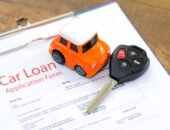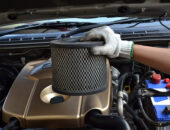
The easiest method to lower your chances of being involved in an accident is to drive safely. It’s a good idea to review the basic guidelines for safe driving, whether you’re just learning to drive or have been driving for decades. Here are 10 driving safety tips to keep you and your passengers safe on the road.
1. Start inspecting your vehicle before driving
It happens often times when we set off on the road, we find out there is something wrong with the vehicle. It might be anything from a flat tire to malfunctioning indication lights. It is best to double-check everything before leaving the house. You can have the problems solved straight away this way, and even if the problem requires professional assistance, it’s always less distressing to contact for assistance while you’re still at home.
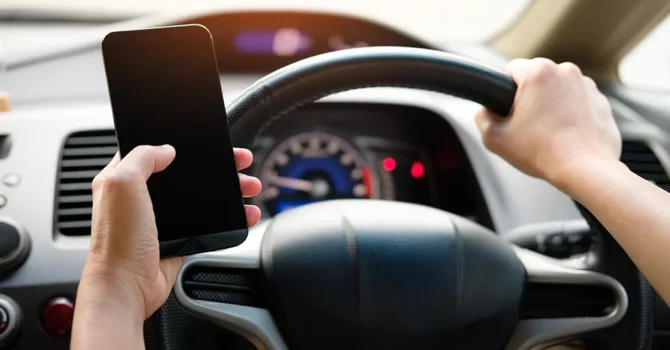
Source: driverisk.com.au
2. Keep all the distractions away
Once you’re on the road, the recommended practice is to keep your phone away. Modern vehicles come with embedded technology that helps the driver operate their phone without having to look away from the road. Cell phone usage while driving is prohibited in most countries. The reason for this is the high rate of deaths linked to this seemingly innocuous pastime. If you believe chatting and texting while driving isn’t a huge concern, consider this: using a cell phone while driving can cause a 20% delay in reaction times. However, this is not just limited to phones but all kinds of distractions that divert your attention from the road. Eating, applying makeup, messing with technological gadgets, or engaging with passengers can all cause a driver’s attention to be diverted in dangerous ways.
3. Invest in a dashcam
A dashcam is mistakenly thought to be a liability when, in reality, it avoids the hassle of having to give proof and find witnesses in the event of an accident. Not only does it save you time and money, but it also protects you from insurance fraud. Dash cams are now backed by AI and can be controlled without being distracted, which adds to the list of advantages. When a dashcam is installed in a public or private car, it encourages drivers to drive safely. It can assist in identifying reckless drivers, who can then be reported to the national site.

Source: justicepays.com
4. Do not drive when drunk, drowsy, or stressed
Drowsiness is a contributing factor in 20% of all accidents. When a driver is exhausted enough to fall asleep behind the wheel, the consequences are predictable. A sleepy driver will ultimately slide off the road, even on a very straight roadway. The presence of trees, utility poles, ravines, and bridge abutments makes this a potentially fatal situation. That is why truck accidents are more common because most trucks that transport goods go at night to avoid traffic jams.
It is also not a good idea to drink and drive. Consumption of alcohol affects reaction time, coordination, and inhibitions, even at low blood alcohol levels, which can lead to drivers making poor decisions. So, if you think a few drinks won’t impair your driving, you’re mistaken. Stress is also a contributing factor to bad driving practices. When you are stressed, you’re not in the ideal state to drive. This can increase the road fury and expose you and other people to risk.
5. Avoid Tailgating
Drivers should maintain a reasonable gap between themselves and the car ahead of them, according to safe driving recommendations. If an automobile makes a quick turn or stop, drivers must have ample time to respond. Maintaining a safe distance will enable the driver ahead of you to move around freely without worrying about any collision. During the nighttime or bad weather conditions, the distance between your vehicle and the vehicle ahead of you should be double that of the normal scenario.
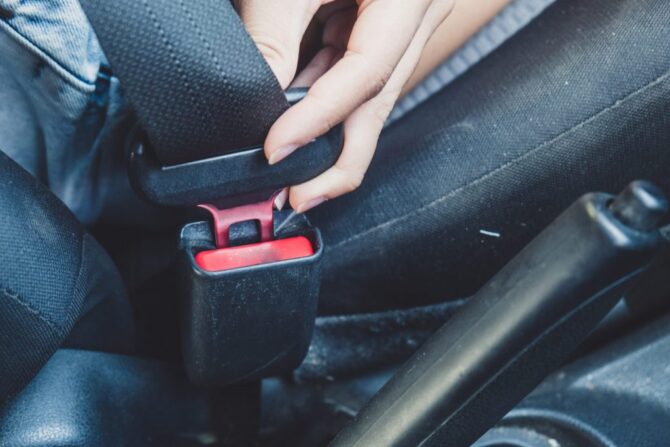
Source: seatsafe.com.au
6. Fasten your seatbelt
Seat belts are a lifesaver. They keep you from being thrown around inside a crashing vehicle or, even worse, thrown through the windshield and entirely out. Even minor car accidents are too dangerous for humans to handle. Seat belts keep you from being tossed around or ejected from the vehicle after a collision. Seatbelts, when worn correctly, can save your life in even the most serious incidents.
7. Stay aware of the surroundings
No matter how cautiously you drive, you must always be aware of other drivers and the surroundings. You can follow all the rules and still get hit by someone. The only way to deal with it effectively is to be ready for anything. Expect unexpected stops, swerving, tailgating, lane changes and turns that aren’t signaled, and every other terrible driving conduct you can think of.

Source: unsplash.com
8. Know your vehicle
Allow yourself time to get to know your automobile. As a driver, you must understand how your car reacts in various scenarios, such as sudden braking, hot or cold weather, low tire pressure, brake wearing out, battery failures, and so on. This is something that only comes with experience and is a sign of a skilled driver.
9. Practice smooth driving
Even on a rocky road, a good driver can drive smoothly. Why is smooth driving vital, you might wonder. The explanation is that it protects you from bodily harm while also increasing the confidence of others in your driving abilities, whether it’s your insurance company, family, or friends. It preserves your driving record spotless and remarkable, which aids you in the event of a road collision or other similar incident.
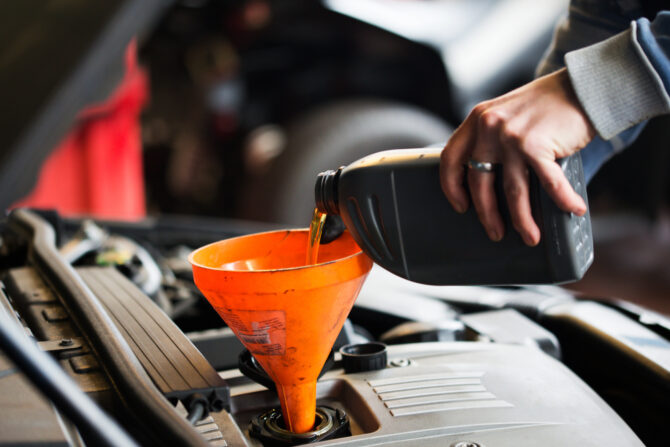
Source: carhistorybg.com
10. Maintain the vehicle regularly
If you do not take your vehicle in for regular maintenance, no matter how good you drive, keep all the emergency tools, or follow all the laws, you will still have problems on a frequent basis. These concerns do not imply that you are a lousy driver, but rather that your vehicle requires some attention.
Conclusion
On the road, you never know what you’ll come across. That is one of the elements that make driving a vehicle so risky. It never hurts to brush up on the latest safe driving guidelines, no matter how long you’ve been driving. Defensive driving is the first step toward safe driving.

